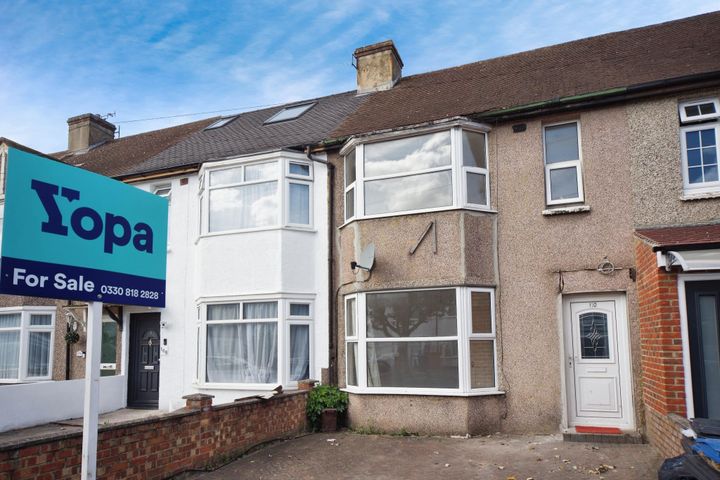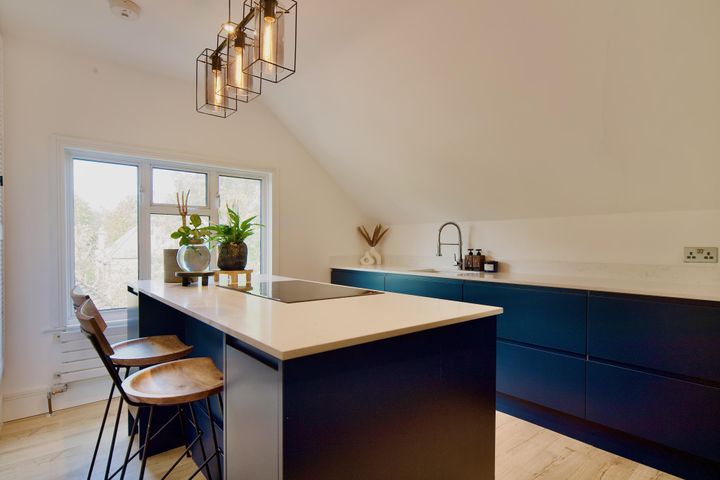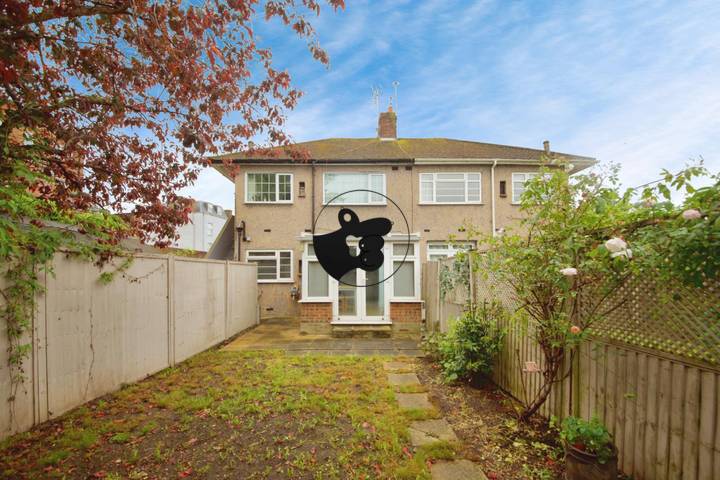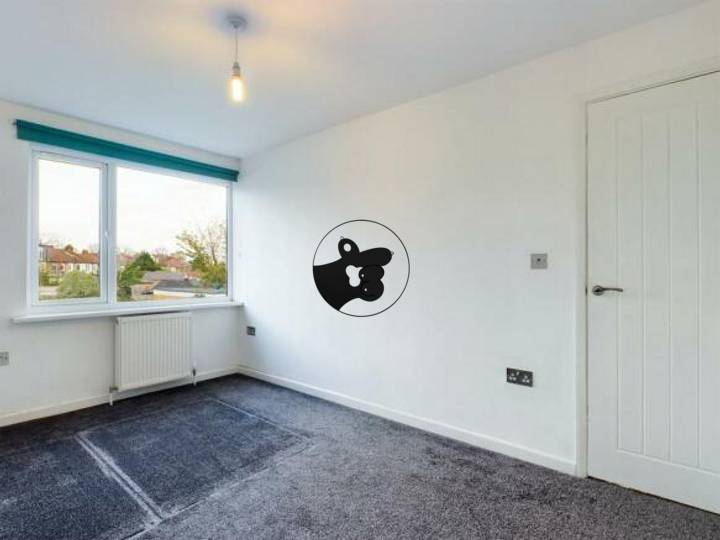Several factors influence real estate prices in North London, starting with location and accessibility. Areas close to transport links, such as the London Underground or Overground, tend to see higher property values. For instance, neighborhoods like Highbury & Islington benefit from their proximity to the Victoria line, enabling quick access to central London. Another significant factor is local amenities, including schools, parks, and shopping venues. The reputation of schools, such as those in the Barnet or Camden boroughs, can drive demand among families, resulting in increased property prices. Additionally, the condition of the housing stock plays a crucial role; Victorian and Edwardian homes often command higher prices due to their architectural appeal. Gentrification is also a noteworthy influence, with areas undergoing revitalization, such as Tottenham or Wood Green, experiencing rising property values as new businesses and facilities emerge. Finally, broader economic factors, including interest rates and employment rates, directly impact buyers’ purchasing power and subsequently affect real estate market trends in North London.
North London
Location
Price Range
Any price
Price Range
Minimum
No min
Maximum
No max
Property type
Show all
Property type
Show all
House
Apartment
Building
Other
Bedrooms
Any beds
Bedrooms
Minimum
No min
Maximum
No max
Surface Range
Any surface
Surface Range
Minimum
No min
Maximum
No max
Sale type
For sale
Sale type
Show all
To rent
For sale
Location
Apartments and houses for sale in North London
5 results
Recent
North London insights
| Aspect | Summary |
|---|---|
| Population | Approx. 1.6 million in North London. |
| Average Property Price | Around £600,000. |
| Rental Yield | Average yield of 4.5%. |
| Average Rent | Approximately £1,800 per month. |
| Occupancy Rate | High, around 95%. |
| Capital Growth Rate | Annual growth rate of 3-5%. |
| Property Tax | Average council tax band D: ~£1,500/year. |
| Transaction Costs | Approx. 4-6% of property value. |
| Expected ROI | projected ROI of 7-8%. |
| Economic Growth Impact | Positive impact due to infrastructure and job growth. |
North London FAQ
What factors influence real estate prices in North London?
How do property prices in North London compare to other areas of London?
Property prices in North London generally tend to be lower than those in Central London, yet they can still be quite high when compared to other outer London areas. For instance, areas like Islington and Hampstead are known for their affluent properties, with average prices reaching over £1 million, while regions such as Barnet or Enfield can see averages around £500,000 to £600,000. In the borough of Camden, prices remain elevated due to its proximity to the city and vibrant culture, often hovering near £800,000. Other areas, such as Tottenham, have been experiencing growth and regeneration, leading to a rise in average prices, which can now approach £500,000, illustrating the increasing demand as younger professionals look for more affordable options within the capital. Overall, despite some variations, North London tends to sit within a competitive market influenced by its connectivity and lifestyle offerings.
What is the average price for a home in North London?
As of late 2023, the average price for a home in North London varies significantly by area, reflecting the diverse character of the neighborhoods. For example, properties in Islington tend to be on the higher end, with average prices often exceeding £800,000, influenced by its vibrant arts scene and proximity to central London. On the other hand, areas such as Haringey and Enfield present more affordable options, with average prices around £500,000 to £600,000, appealing to families and first-time buyers. The market in Camden, known for its bustling markets and cultural appeal, sees averages closer to £750,000. Additionally, neighborhoods like Barnet and Waltham Forest, while slightly more affordable than the central areas, still command significant prices, typically ranging from £600,000 to £700,000. These figures demonstrate a trend of rising property values in North London, driven by factors such as improved transport links and local amenities.
Are real estate prices in North London rising or falling?
Real estate prices in North London have been experiencing fluctuations, with some areas seeing significant increases while others are stabilizing or experiencing declines. For instance, neighborhoods like Islington and Hampstead have witnessed upward trends, primarily driven by ongoing regeneration projects and their proximity to central London. In contrast, parts of Enfield and Haringey have shown signs of a cooling market, possibly due to changes in buyer demand and economic uncertainty. According to recent data, the average property price in Barnet rose by about 5% in the past year, while areas like Waltham Forest reported a slight drop of around 2%. Meanwhile, the rental market has also been affected, with trends indicating that rental prices in places like Hackney remain robust, whereas some less sought-after boroughs are seeing stagnant rent scenarios.
How does public transportation affect real estate prices in North London?
Public transportation significantly impacts real estate prices in North London, as proximity to reliable transit options is a major factor for potential buyers. Areas close to the London Underground, such as Highbury & Islington and Finsbury Park, tend to see higher property values due to the convenience of quick access to the city center. For instance, properties within a five to ten-minute walk from tube stations often command a premium, with prices reflecting the desirability of reducing commute times. Furthermore, developments like the ongoing extensions of the Overground and changes in Transportation for London services can lead to increased interest in suburban areas, such as Tottenham and Walthamstow. In these regions, investment in transportation infrastructure often correlates with rising rental yields and property appreciation, attracting both families and young professionals looking for a balance between affordability and accessibility.
What types of properties are most expensive in North London?
In North London, the most expensive properties are often found in affluent areas such as Hampstead, Highgate, and Islington. Hampstead, known for its charming streets and proximity to Hampstead Heath, features stunning Victorian and Georgian residences, with prices for large family homes often exceeding £2 million. Highgate boasts elegant properties with sweeping views over London, and some exclusive homes in this area can fetch upwards of £3 million. Islington, with its vibrant cultural scene and excellent transport links, also commands high prices, especially for period conversions and modern apartments near Upper Street, where prices can reach around £1.5 million. Additionally, affluent neighborhoods like St John’s Wood and Primrose Hill showcase luxurious flats and houses that frequently come with premium price tags, reflecting their desirability and the quality of local amenities.
How do local amenities impact home prices in North London?
Local amenities have a significant impact on home prices in North London, with proximity to features like schools, parks, public transport, and shopping areas playing a crucial role in valuation. For instance, properties located near well-regarded schools, such as Highbury Fields School or St. Mary's Primary School, often see higher demand from families looking for quality education, which in turn inflates prices. Access to the Tube network, particularly the Northern Line and Overground services, enhances the attractiveness of areas like Finsbury Park and Clapham, leading to increased property values due to the ease of commuting to central London. Additionally, popular markets like Camden Lock and vibrant areas like Islington, known for their cafes, restaurants, and cultural offerings, also contribute to rising prices as residents seek vibrant community experiences. Parks, such as Hampstead Heath and Clissold Park, further enhance desirability, as green spaces are highly valued in urban settings, often leading to a premium on homes that are nearby.






